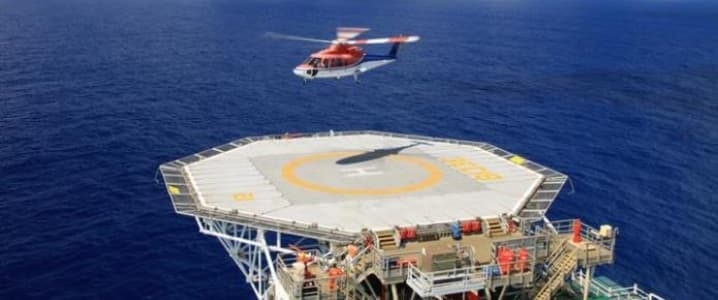Energy independents and Middle Eastern and Asian companies are expanding their presence in the Southeast Asian oil and gas industry, replacing Big Oil majors that have been shrinking their exposure to the region since the 2014 oil price collapse.
In the last four years, international oil companies have sold almost 800 million barrels of oil equivalent in Southeast Asian assets, Wood Mackenzie says, adding that they have been replaced by a string of East Asian conglomerates and Middle Eastern ones.
It seems that international oil players are still shunning higher-risk locations such as Southeast Asia, focusing instead on their new top priorities: low-cost, higher- and faster-return projects in the U.S. shale patch or offshore in high-promise locations.
Since nature abhors a vacuum, their place is being taken by companies with a higher risk tolerance, such as Japanese JXTG Nippon and Mitsubishi, the Kuwait Foreign Petroleum Exploration Company, Indonesian MedcoEnergi and Saka Energi, Singapore-based KrisEnergy, and Malaysian Sapura Energy.
These companies, along with other local or regional players, says Wood Mac, have bought over 600 million boe worth of reserves from the supermajors leaving the region, and production from fields owned and operated by Middle Eastern and Asian companies has doubled to over 675,000 barrels of oil equivalent daily over the last four years.
Southeast Asia may no longer be as attractive as it once was for international oil companies, but its oil demand is growing and production peaked in 2010 at 5.9 million boed. Today, more than two-thirds of this production comes from mature and mid-life fields, and new discoveries are a rarity.
Meanwhile, regional oil demand is growing and will continue growing until at least 2040, the International Energy Agency has forecast. A 66-percent increase in cars on the road, the IEA said last November, will drive a spike in oil demand to 6.6 million bpd by 2040, from 4.7 million bpd at the time. That’s despite the increasingly global push away from internal combustion engines and towards EVs. Related: China Just Doubled Oil Shipments To North Korea
For Southeast Asian governments, this is a serious problem and, says Wood Mac senior research manager Ashima Taneja, “governments and regulators must question whether they are doing enough to attract investors that are looking to grow and diversify. If not, the region will be bereft of players that can help the NOCs fill the major gap."
The challenges for investors include tough financial requirements, unfriendly regulation, and a not too encouraging exploration results track record. There is also the issue of booming resource nationalism, which is a major obstacle for foreign investors. Reconciling these issues with the need for more foreign investments into the region’s oil and gas resources does not look like an easy task.
Still, the news is not all bad. Earlier this year, Rystad Energy said that as many as 50 oil and gas fields in Southeast Asia containing about 4 billion barrels of oil equivalent will be approved for development between this year and 2020. These will require total investments of some US$28 billion from final investment decision to first production, the consultancy said.
By Irina Slav for Oilprice.com
More Top Reads From Oilprice.com:
- Oil Prices At Risk Of Economic Downturn
- Houston To Overtake Cushing As Key Hub
- World’s Biggest Oil Trader Launches Renewables Fund


















